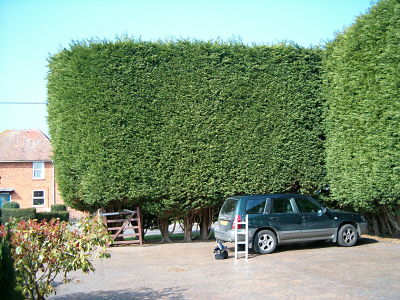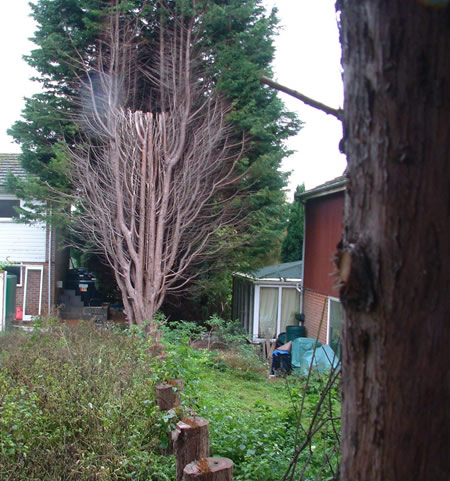
Problem hedges (commonly Leylandii and, to a lesser degree, Lawson Cypress) are a relatively limited, but high profile issue, much loved by television documentary makers and the tabloid press. In extreme instances, violent disputes have escalated leading to murder and suicide. The government estimates that there are at least 10,000 cases of problem hedges to be dealt with in England and Wales.
On 17 November 2003 the Anti-social Behaviour Bill received Royal Assent and Part 9 includes key provisions to deal with problem hedges. Clauses 72-91 provide a framework for a local authority to consider the impact of a problem hedge and determine the relevant action required both now and in the future.
The following is a summary of the salient key issues of the Act:
The Act defines a hedge as two or more evergreens or semi-evergreens that form a barrier to light or access. Note that evergreens are not limited to conifers. The legislation does not apply to deciduous plants, single trees or a hedge that stands less than 2m. The Act only applies to domestic property; a dwelling or a garden/yard used and enjoyed wholly or mainly in connection with a dwelling whether as an owner or occupier (not necessarily an equitable interest and can be a tenant).
The key issue is whether the reasonable enjoyment of the adjoining property (or properties) is affected by the height of a hedge: The local authority will decide (upon payment of a fee which may be refundable depending on the circumstances) if a nuisance is caused, using flexible criteria. The local authority has access rights to the hedge owners land on 24-hours notice. The local authority will take account of a variety of factors, i.e. privacy, the indigenous nature of the neighbourhood, features of land division, etc. The local authority will also assess the affect on daylight to windows and sunlight to amenity areas by reference to Building Research Establishment guidance.
There are a series of calculations to assess the action hedge height. The first is to calculate the appropriate hedge height for daylight and then a separate calculation for sunlight taking account of the size, shape and orientation of a garden. The lower of the two hedge heights derived is used for that property. If a hedge is considered to adversely affect a complainants property, a Remedial Notice will be issued by the local authority stating what action is required to remedy the nuisance and prevent its recurrence in the future. A Notice shall be a local land charge and is binding on any owner/occupier of the land where the hedge stands. The Notice states the operative date to which it takes effect. The date will be not less than 28 days from the issue of the Notice itself. The compliance period will be a reasonable period for the hedge owner to undertake the specified work/action.

Failure to comply with the Notice is a criminal offence and may result in a fine of up to £1,000 and a continuing fine on a daily basis for non-compliance. If no action is taken during the compliance period, the local authority can access the land, undertake the work in the Notice and recover the cost of doing so from the hedge owner. This is subject to seven days prior notice.
There is a right of appeal within 28 days to the Secretary of State or the National Assembly for Wales. The procedure will be handled in much the same way as an appeal through the Planning Inspectorate. An appointed inspector will hear the evidence and determine or withdraw an appeal on behalf of the local authority.
The intention is for the Act to be amenable and flexible, principally to avoid limiting it and allowing local authorities to set standards appropriate to particular areas. In this context, the provisions of the Act may be modified in the future to incorporate, say, revised definitions of a hedge or extend the scope of grounds for complaint to the local authority.
A useful booklet Over the Garden Hedge published by The Office of the Deputy Prime Minister gives a clear framework for discussion and practical advice on the resolution of disputes. Surveyors involved in hedge disputes can assist householders and mediate without recourse to the local authority. A surveyor can adopt an independent and impartial stance similar to that of the Agreed Surveyor which is an acceptable procedure under Section 10 of the Party Wall etc. Act 1996.
The drafting of the Act offers flexibility without demonising any particular plant species. The guidelines are capable of being easily interpreted by householders in the first instance without needing recourse to solicitors, although we are sure that surveyors will have a role particularly where they are needed to present a case in much the same way as they are called in on daylight assessments for planning.